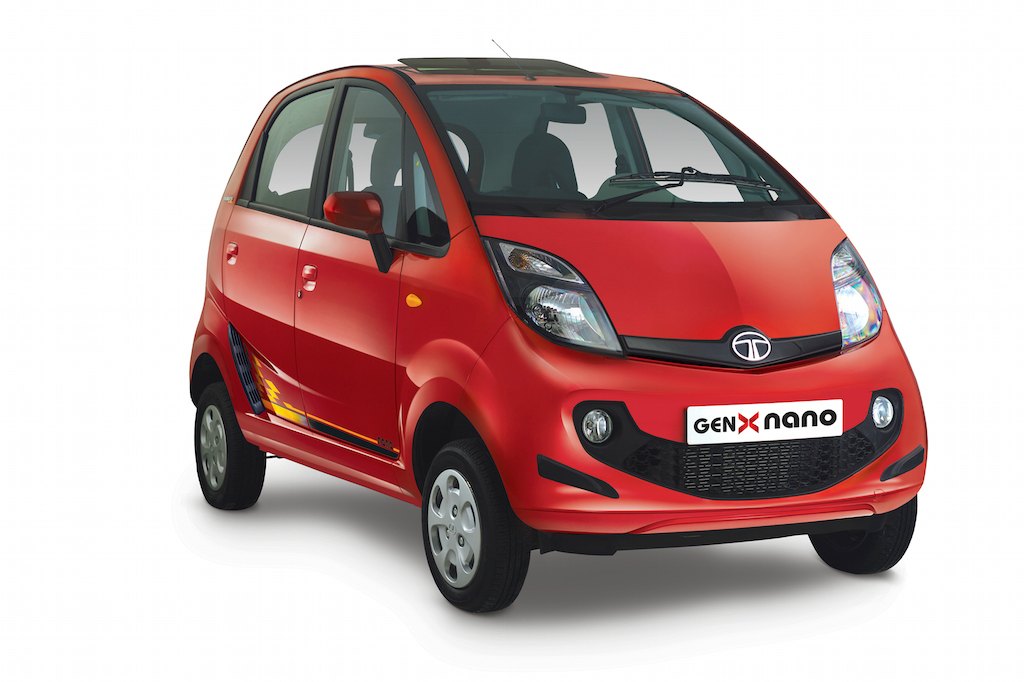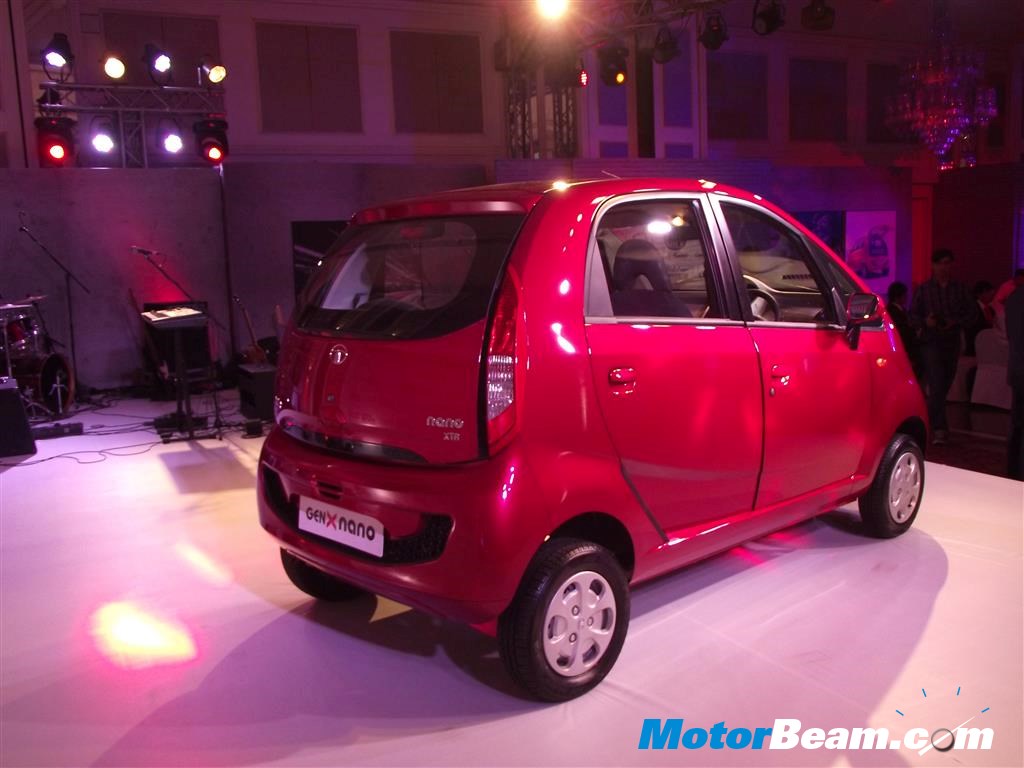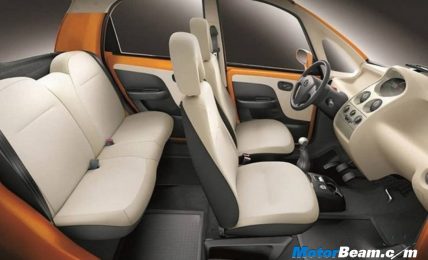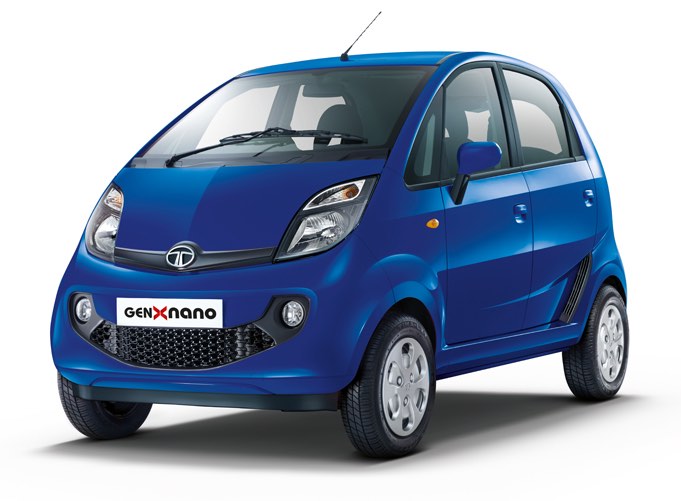Dr. Roshy John along with his team back fitted Tata Nano with sensors and actuators to make it an autonomous vehicle.

Dr. Roshy John, who professionally heads the robotics and cognitive systems department at Tata Consultancy Services at Kochi started working on building autonomous vehicles in his leisure time about 5 years ago, a time when there was very little awareness about driverless cars.
The idea to build a driverless car crossed Dr. John’s mind when he called for a taxi to drive home from the airport. He soon realised the driver was totally exhausted and sleepy to such an extent that he was losing control over the car. He then requested the driver to switch seats and drove himself for his safety. After this scary experience, being a robotics engineer, he felt the need to do something to develop an autonomous vehicle within his capabilities.
Dr. Roshy John had to start from scratch. The very first hurdle for him was to choose a car and he opted for the Tata Nano, most importantly because it is a rear-engine car which makes installing sensors and actuators comparatively easy at the front-end of the vehicle. John and his team prepared a complete simulation of the car and also made it drive in a virtual city having drivable roads to ensure the concept would work. John’s team then installed cameras to conventional cars and drove them in city conditions to adapt their algorithm as per city conditions.
The team then bought a brand new Tata Nano and started converting it into 1-to-1 real life model of the simulation. The car was fitted with all the necessary sensors, cameras and actuators. The team then tested the car on urban layouts to check the accuracy of their algorithms. One major difficulty they faced was with the transmission. The simulation was based on automatic transmission, but then the Tata Nano was only available with a manual transmission. They then came up with the now-known concept of automated manual transmission (AMT) and incorporated it into the car. During this whole process, the team also developed a modular kit which can be fitted to any car under an hour and convert it into an autonomous vehicle.
Once the team was confident about the functioning of the Tata Nano Autonomous Car, they opted for a real life test. The team gave utmost importance to safety. There was a team monitoring the logs through a wireless network and they can stop the operations in case of any system failure. There was also a person seated in the rear seat who can apply emergency brakes if any malfunctions occur. The performance of the car was as per the expectations. Dr John also jumped in front of the car to see if it stops beforehand and avoids collision and the results were positive.
Tata Nano Autonomous Car
– Being a rear-engined car, the Tata Nano has sufficient space for sensors and actuators at the front
– The team performed in-depth simulations to ensure the practicality of the concept
– The operating system for the Tata Nano is based on Linux and is created by Dr. John’s team
– The team also came up with a modular kit to convert any car into an autonomous vehicle in an hour
Catch All The Latest Videos, Subscribe To





